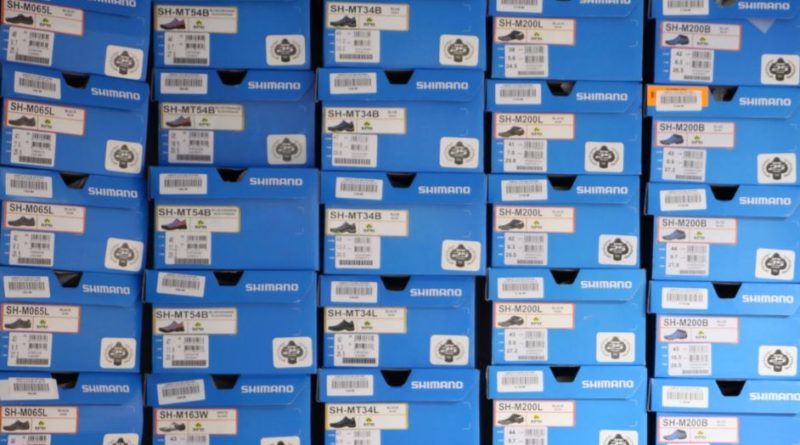Shimano bike division sees 2016 dip of 17.4%, global inventories stablise
Sales within Shimano’s cycling portfolio posted a 17.4% decline in the component giant’s 2016 financials, down to 259,455 million yen. The segment also recorded an operating income dip of 27.5%.
Representing about 80% of the business Shimano does, the bike division’s declining fortunes during 2016 were attributed to poor weather undermining retail sales in Europe and subsequently leading to overstock with distributors. These inventories have apparently since recovered on milder weather from July.
Despite a rough 2016, Shimano are currently building for the long-term, adding construction of state-of-the-art factories at Sakai and Shimonoseki to reinforce manufacturing capabilities in Japan, and establishment of new factories overseas and expansion of overseas factories to meet expanding demand for sports bicycles worldwide.
In terms of restructruing, Shimano is also preparing for the appointment of two or more independent outside directors in order to strengthen management decision-making and supervising functions
In Asia and China in particular, retail sales of bikes for sport again proved under forecasts, dipping below 2015 sales. An economic slowdown and poor weather were again blamed.
Meanwhile, Japan came in under forecast on the back of a robust 2015. Retail sales remained slow.
North America slightly declined year-on-year in terms of retail sales. As in Asia, previous overstock issues with distributors slimmed down to a more stable level in the latter part of 2016.
Company wide net sales declined by 14.7%, trumping the previously forecasted 8% drop. Q1 got off to a rocky start with bike sales down 20% year-on-year.
Forecasting for 2017, Shimano plans for a 2.2% growth in net sales, worth 330,000 million Yen and an operating income of 66,000 million Yen.
Directly citing Brexit and a number of other European elections due shortly, Shimano remains grounded in the opinion that economic recovery may lead to slower than normal growth.
In the U.S., recovery of personal consumption is expected to continue owing to continuing improvement of the labour market. However, specific policies of the new administration and their feasibility may have an impact on economic performance.



